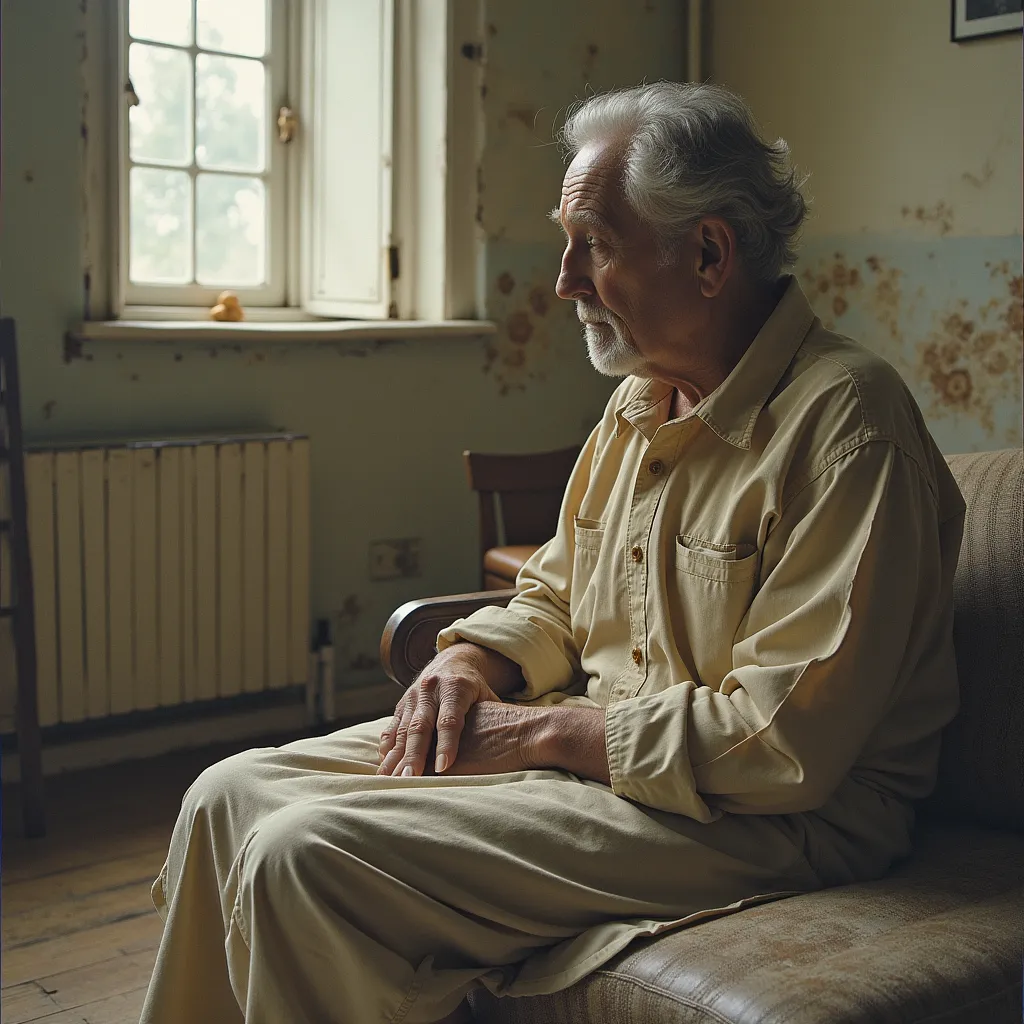My mother always said that the family’s old film camera was a talking box. Whenever the gears bit into the film and started to rotate, the fine snowflakes on the screen would be like the breath of old times, enveloping the living room in an amber-colored halo. The light and shadows that had been moistened by the years, always wrapped in the fragrance of camphor chests on summer nights, casting flowing patterns on the wallpaper.
My father’s favorite movie was “The Angel of the Road” from the 1930s. In the film, Zhou Xuan, wearing a twisted braid, sings “The Songstress of the End of the World” in front of the cigarette and paper store at the entrance of the alley, and the murmur of the old record player makes the song more and more clear. In the mottled images, the clothesline’s dandies waved in the wind, and the beads of sweat on the necks of the yellow-bag drivers shimmered in the close-ups. I often felt that those throbbing scratches were not film wear, but old Shanghai trams clanking out of the screen, carrying the hems of cheongsams sweeping through the light and shadow of Shikumen.
Hidden in a wooden box in the attic is a handwritten copy of the script of Spring in a Small Town, which was collected by my grandfather. On the yellowed rice paper, Fei Mu wrote in fly-head script, “The footsteps of the jade pattern walking across the city walls should be like spring silkworms nibbling on mulberry leaves.” The poetry that could not be realized on film has gained eternal life in the faded ink. When the Film Archive held a restoration screening last year, I saw in 4K quality that the fine lines at the corners of Wei Wei’s eyes were strikingly similar to the direction of the fibers of rice paper, and suddenly I understood that the so-called classics were originally double-faced suzu embroideries embroidered by artists with their bones and blood in time.
The most marvelous encounter took place at the Paris Film Archives. When the ladder montage of Battleship Bojanglesse unfolded on the curved screen, the gray-haired old man beside me suddenly pulled out a brass film box, and his 1930’s projectionist’s badge glowed in the darkness, saying that his grandfather was a film restorer at the Left Bank Theater in Paris, and that “those war-scorched films were like wounded pigeons that had to be cajoled and cajoled before they could fly again”. The black-and-white people rushing on the curtain at the moment suddenly superimposed countless pairs of gentle palms that traveled through time and space.
Nowadays, I teach film restoration classes at the Film Academy, and the faint sour smell of acetate always wafts from my workroom. My students laughingly refer to this as “the fragrance of the movie”, but I think it is more like the mellow wine fermented over time. When the rotating cleaning brush brushes over the teeth of The Goddess, the beads on Ruan Lingyu’s cheongsam will be iridescent under the microscope, and the tears blurred by the oil stains will crystallize again in the digital matrix.
At some plum rainy dusk, after restoring the last frame of Mourning in Middle Age, a lost phoenix butterfly suddenly fell from the screen between screenings. The scales on its wings and the smoke rings exhaled by the stone danced together in the column of light, and in a trance I saw countless filmmakers rolling up their sleeves in the river of time: Cai Chusheng beside the film machine was arranging the long shirts of the actors, Akira Kurosawa in the studio was pointing out the curvature of the samurai swords with his cigar smoke, and the film restorer’s grandfather’s gloves were still stained with the warmth of the developer solution. These moments solidify into silver salt crystals on celluloid film, lighting up a gentle beacon for lost modern man at the onset of each dark night.
